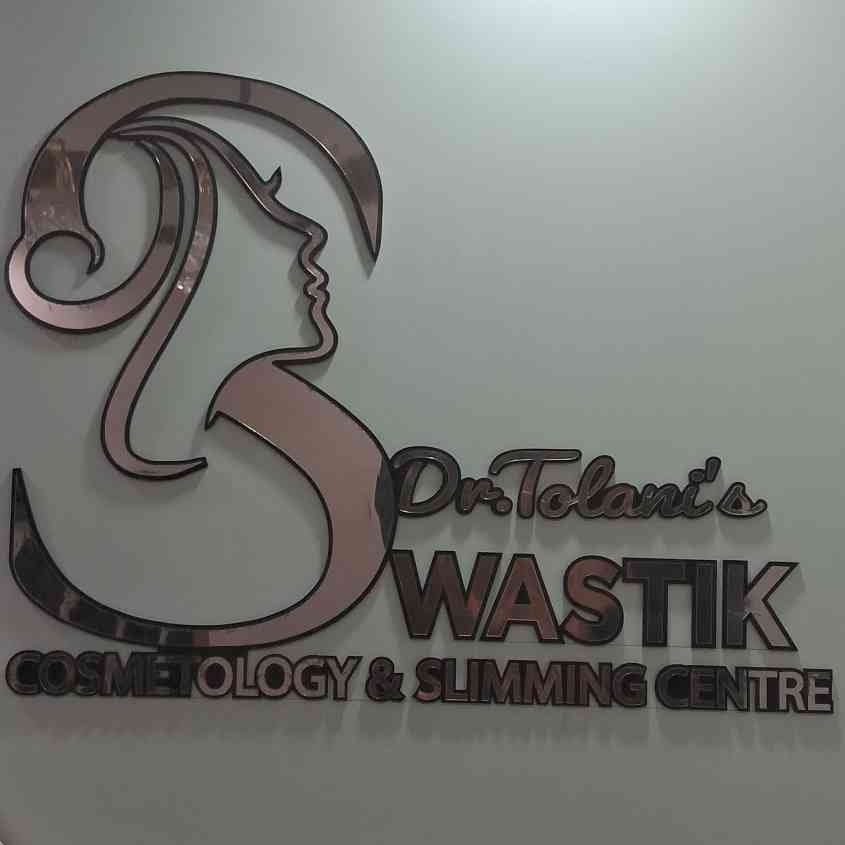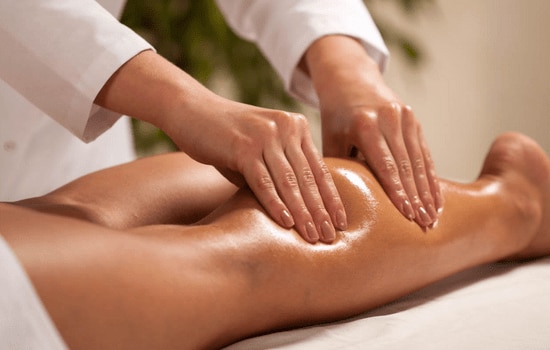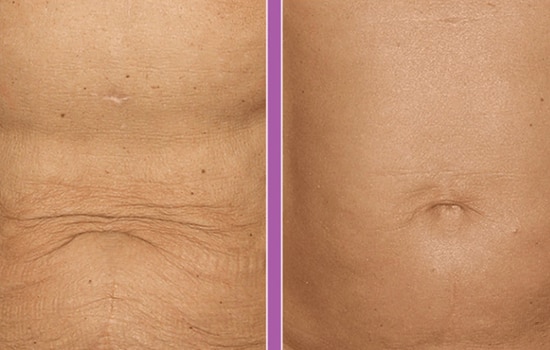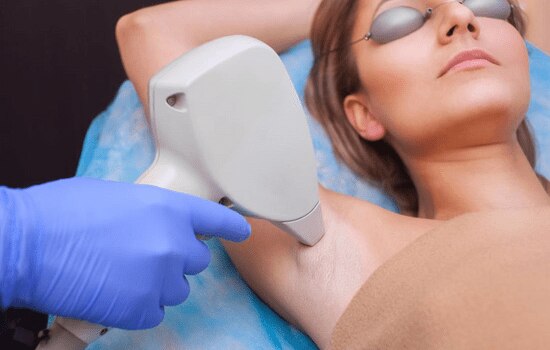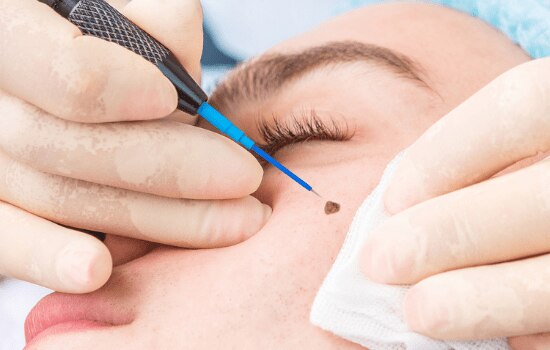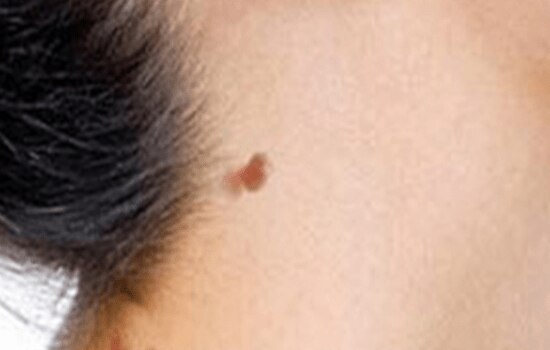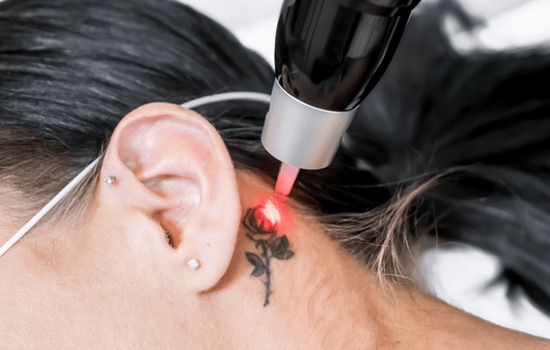Cellulite Massage
Cellulite massage is a non-invasive technique that aims to reduce the appearance of cellulite by improving circulation, lymphatic drainage, and skin tone. While it may not completely eliminate cellulite, regular cellulite massage can help to temporarily reduce its visibility and improve the texture of the skin. How Cellulite Massage Works: 1.Improved Circulation 2.Lymphatic Drainage 3.Breaking Down Fat Clusters 4.Boosting Collagen Production Types of Cellulite Massage 1.Manual Massage 2.Endermologie (Mechanical Massage): 3.Cupping Therapy 4.Lymphatic Drainage Massage Benefits: Improved Skin Texture: Regular massage can help smooth out the lumpy appearance of cellulite by boosting circulation and skin elasticity. Temporary Reduction: While massage may not permanently eliminate cellulite, it can result in a temporary reduction in its visibility and a smoother appearance of the skin. Relaxation: Besides reducing cellulite, massage can also help to relieve stress, tension, and promote relaxation
